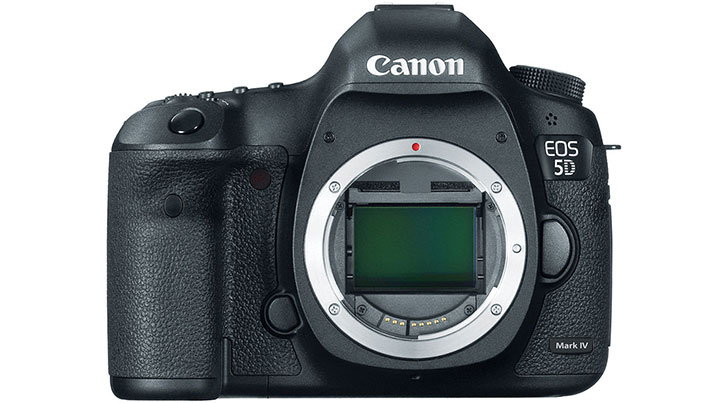The replacement for the Canon EOS 5D Mark III is going to have some very big shoes to fill and cannot be an incremental improvement of the affordable workhorse of the Canon lineup. The EOS 5D Mark IV has to be a revolutionary upgrade in performance, or people may start looking elsewhere for a camera body solution. I do believe the entire market is waiting to see what Canon does with the EOS 5D Mark IV.
Alex Cooke at Fstoppers has run down his list of features he'd like to see in the Canon EOS 5D Mark IV, some of them are no-brainers and should be in any camera costing thousands of dollars. Below is the a list of the ones I agree on and would like to see in the next EOS 5D. You can read his full list here.
-
Sync Speed
Did you know the original 1D had a sync speed of 1/500 s? (*cr note, this was because the original EOS-1D was CCD. thanks neuro) I know a lot of strobists who shoot with the 5D Mark III and are continually frustrated by its sync speed of 1/200 s. Sure, there's high-speed sync, but right now, in the eyes of many pros, Canon is in a position of needing to reestablish itself as an innovator. An ultra-fast sync speed would be a great distinguishing feature. -
Long Exposures
The fact that in 2015, I can't input an arbitrary exposure time without resorting to bulb mode and a trigger is a little bewildering and frankly, makes me think it's a way to push me toward buying accessories. This should be a no-brainer. -
Lighted AF Points
The 5D Mark III has a stellar AF system that performs admirably in low light. There's only one problem: I can't see my AF points in low light. For some reason, when shooting in Servo mode, the black AF points do not illuminate, meaning in a dark reception hall, I have to try to follow dimly lit subjects with, you guessed it, a black AF point. The best AF system in the world doesn't mean much to me if I don't know what I'm focusing on. -
Spot Metering Linked to AF Point
This is a feature I highly suspect Canon left out of the 5D Mark III to distinguish it from the 1D X, but I really think this is a mistake. Top level cameras should be distinguished not only by their build, but by state of the art and innovative features exclusive to that echelon by virtue of their newness and novelty. Purposely excluding a highly useful and sensible feature that even a camera released in 1998possessed from your second best camera seems to be a bit of a snub to working professionals. -
Dynamic Range and File Latitude
This is a big one. With Sony and Nikon's cameras consistently possessing around 14 stops of dynamic range, the 11.7 stops of the 5D Mark III are starting to feel a bit antiquated. Coupled with its poor shadow recovery, I frequently feel a bit restricted when shooting scenes with a large dynamic range.
From what people tell me, the most important upgrades they want to see is in regards to image quality and especially dynamic range. Canon is bringing 15 stops of dynamic range to the Cinema EOS line, and photographers definitely want to see that brought to the EOS stills line. High ISO performance improvements are also high on most photographers lists of wants.
I still don't believe we're going to see 4K brought to the EOS 5D line, but what sort of videography improvements do people want to see from the EOS 5D Mark IV?

